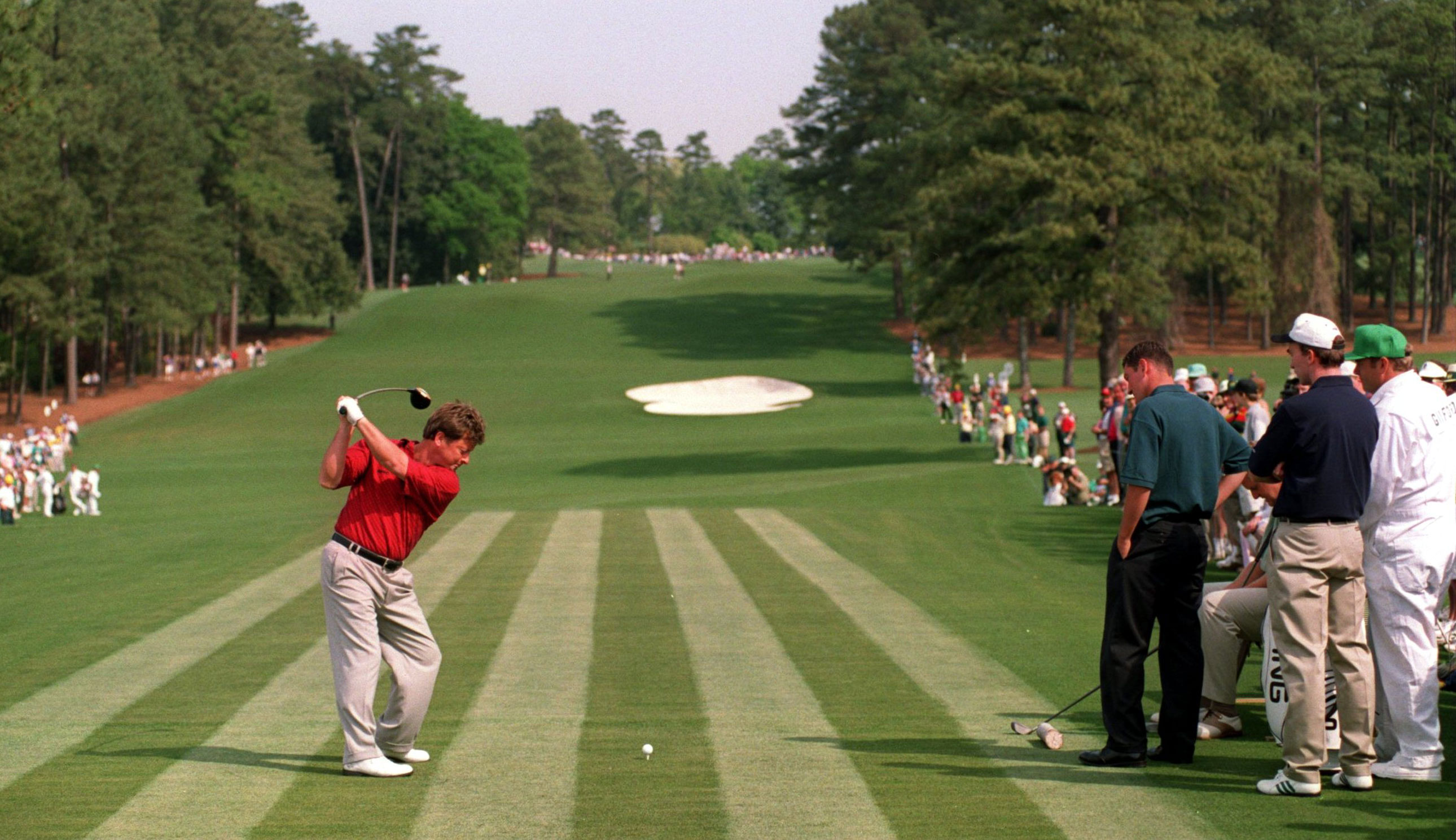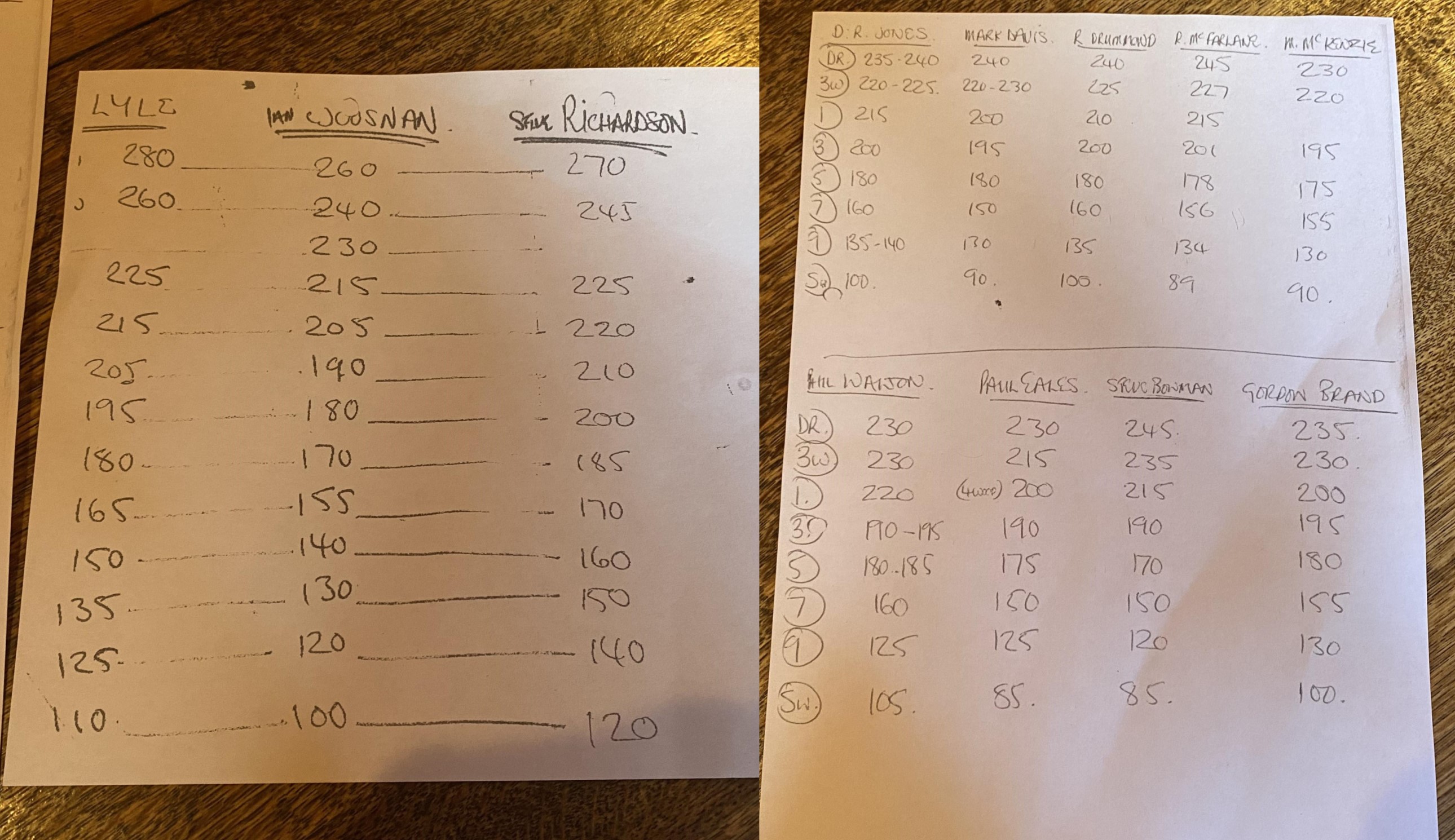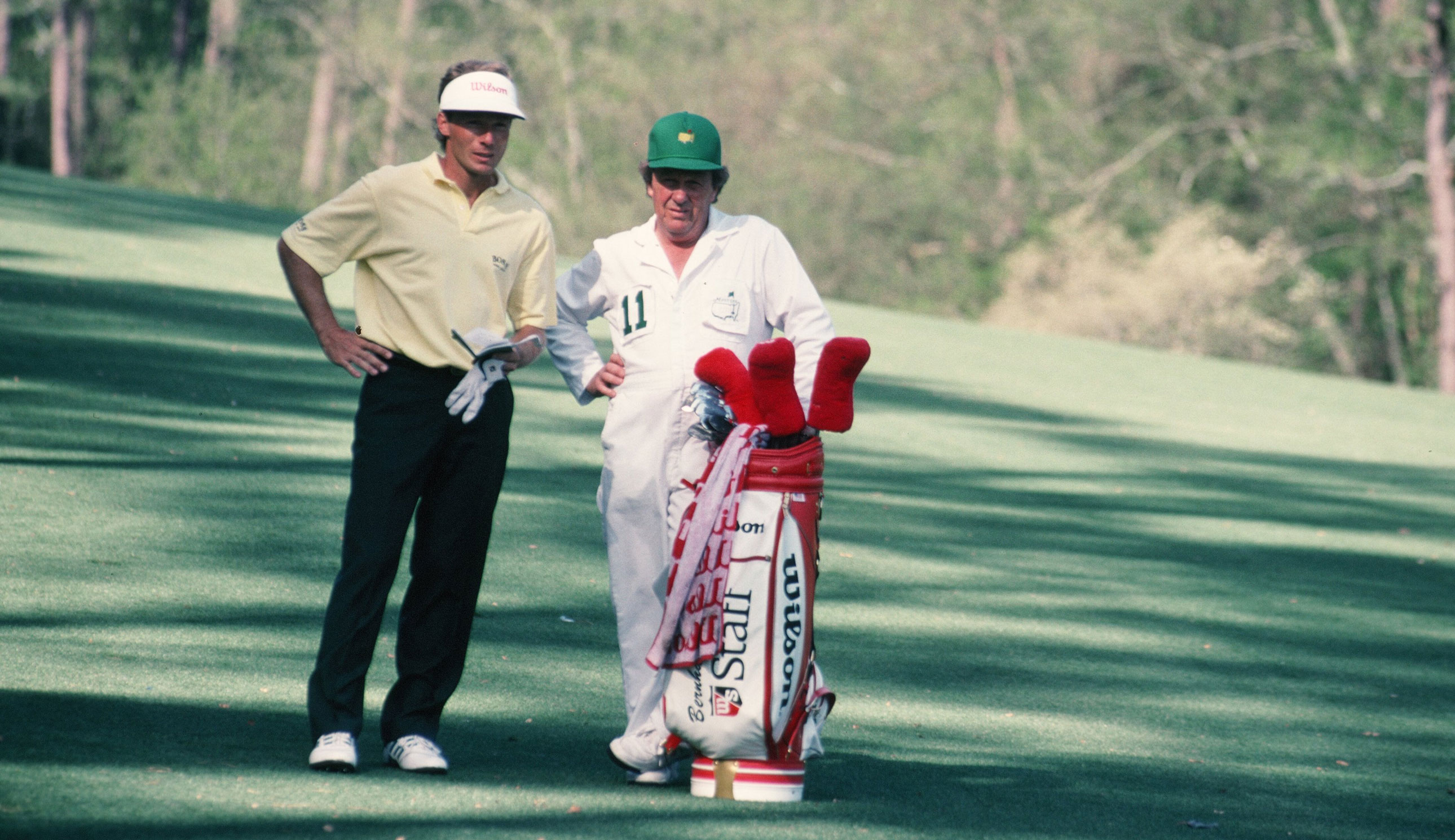
If you were to look back at golf in the '90s, you would certainly notice a lot of differences to what you see on your television screens in the 2020s. Not only are players more athletic, but changes to the equipment has resulted in the ball going further and faster than ever before.
Recently, the news of the golf ball being rolled back created a big talking point within the game, with The R&A and USGA announcing that the new balls are expected to see a reduction in distance of 13-15 yards for the longest hitters, 9-11 yards for the average touring pro and 5-7 yards for an average female pro.
Causing a slight divide between players and amateurs, we at Golf Monthly were interested to see just how much change has been made over time with regards to distance and, speaking to Simon Gidman, a golf course architect with over 40 years of experience, we were surprised to learn about the differences!

Talking to Golf Monthly, Gidman spoke about the work he did at Waterton Park in Wakefield in the mid-1990s, which involved collecting yardages from Tour professionals like Ian Woosnam and Sandy Lyle to help construct and place the various hazards and bunkers around the layout.
“When working on Waterton Park, I approached Gordan Brand Sr, who was the touring professional there, and asked him whether he would talk to his colleagues on the Tour about how far they hit the golf ball with their full bag. This was done in and around 1995.
"So, you’ve got the long hitters, like Lyle and Woosnam, who at the time were hitting their drives some 260 to 280 yards, then you have the shorter hitters like Paul Eales and Brand himself, who hit it around 230 to 240 with a driver. During the '90s, there was a lot of transitioning with the drivers, so I guess they would have been using a mix of persimmon and steel-headed clubs. These yardages helped me decide where features might be placed for strategic or penal reasons."

When it comes to the yardages provided, it is worth noting that the manufacturer and club type is not specified. However, the '90s was considered a big era for new, high-tech equipment being released to the market.
In 1993, Bernhard Langer won his second Masters and, in the process, became the last player to win a men's major using a persimmon driver. During the early '90s, we also saw the introduction of the Callaway Big Bertha, the first stainless steel driver which paved the way for brands to introduce various different types of technology.
Interestingly, some of the professional distances provided by Gidman, from 30 years ago, are surprisingly similar to recent Arccos findings for the distance an average male golfer hits the ball today. In a recent report, it was stated that: "The average amateur male club golfer hits the ball 215 yards." It went on to say that, "... specifically, five-handicappers and below hit an average of 240 yards, golfers with a handicap ranging between six and 12 average 220 yards."

So, will the Arccos data, as well as the distances provided from 1995, affect the way golf courses are constructed and built going forward, especially given the recent rollback news? Well, according to Gidman, "You tend to design for the better player, rarely for the top, top pros like your Rory McIlroy’s or Bryson DeChambeau’s, but the better amateur player and average pro golfer."
He added: “One of the issues over recent years is that most good amateurs can drive well past the hazards that are laid out on most of our historic golf courses, certainly those that have not adapted to the technological changes over the past two or three decades. It’s now, quite often, the average amateurs who are hitting these bunkers or hazards.
"Overall, I think it will affect the future of course design only slightly. In some cases it may well bring the original hazards back into play but, regarding existing courses... for those courses that have adapted to technological improvements, I can’t really see them doing any major changes for what is a fairly minor modification and, after all, adapting hazards can be an expensive outlay. But as architects we will, I’m sure, adapt our criteria accordingly to reflect these ball changes when asked to update or modernise our older, more established courses."







